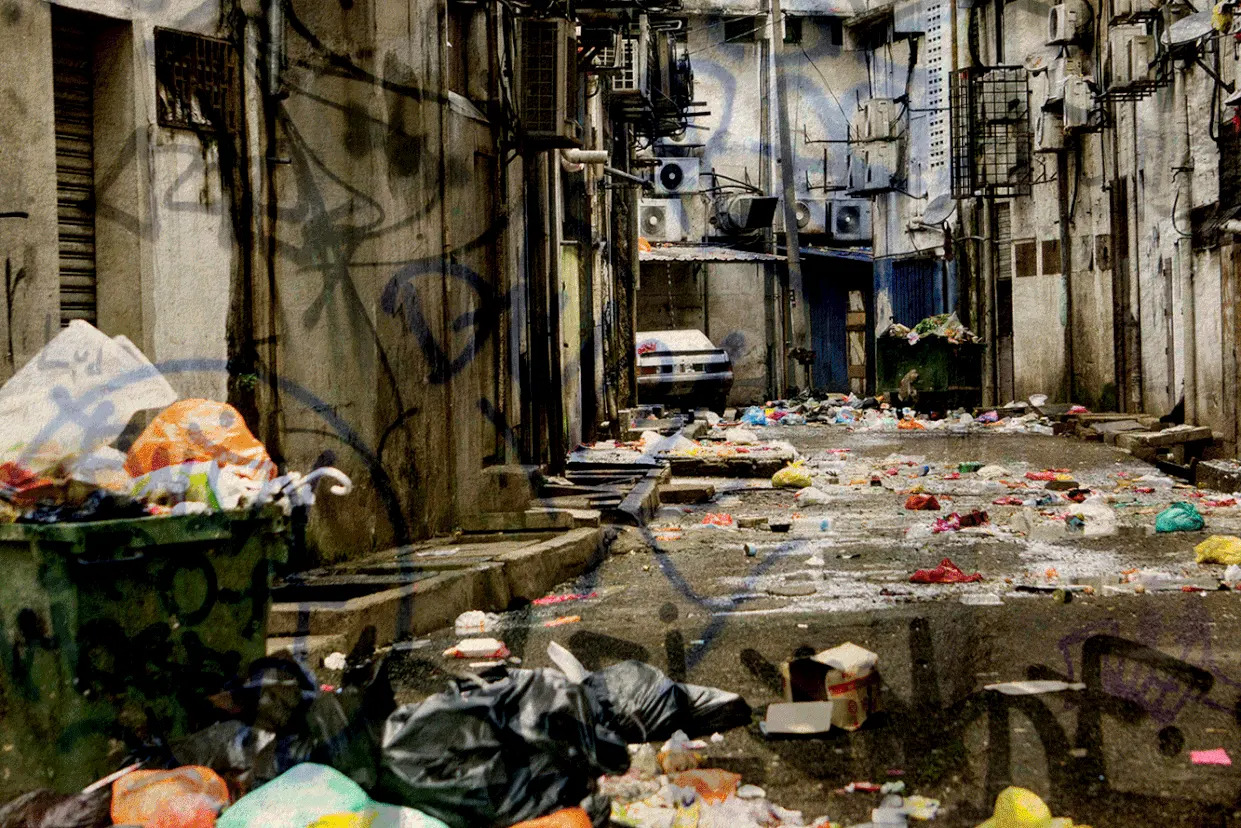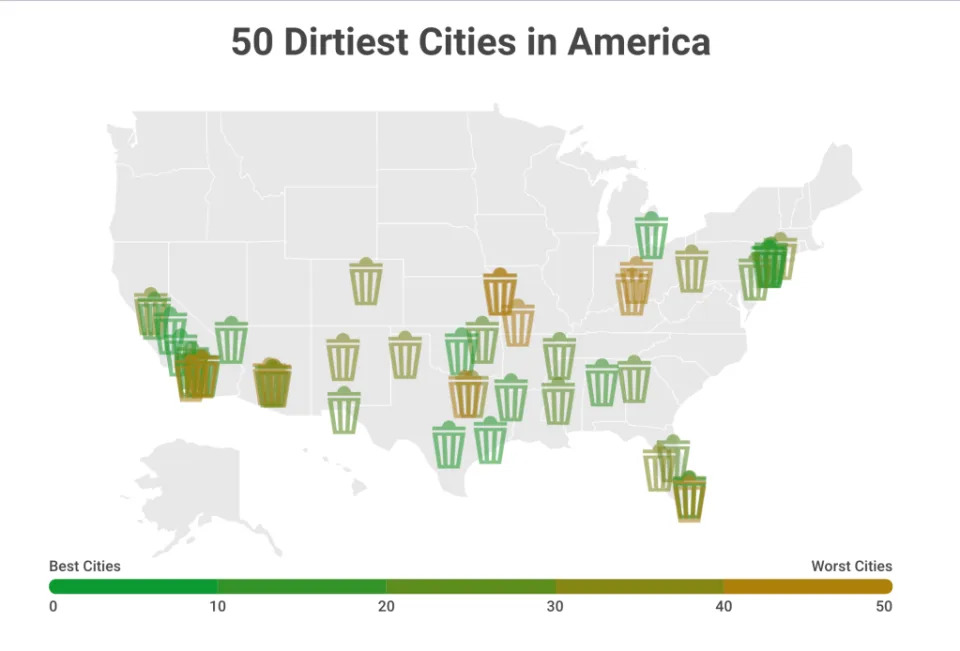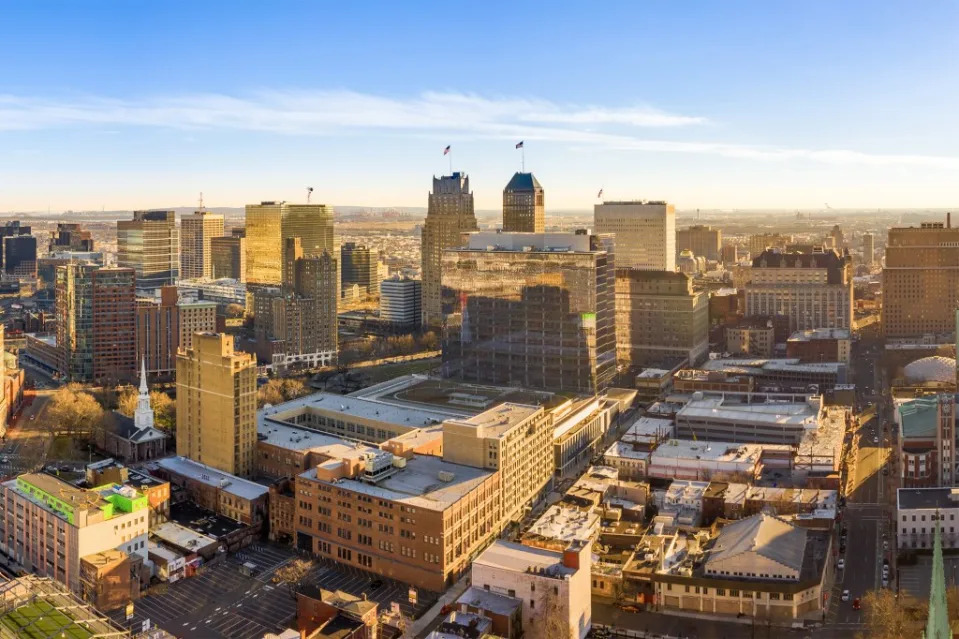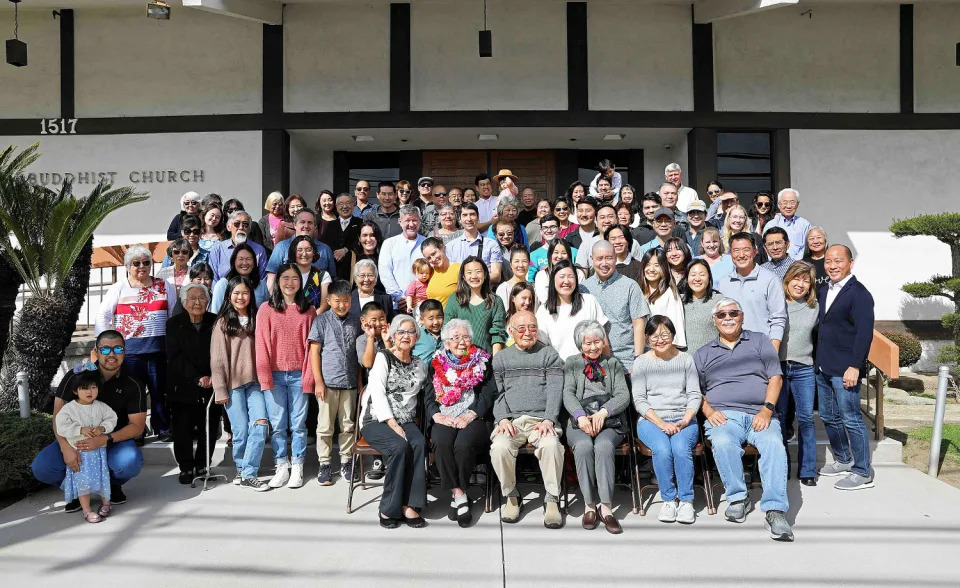Delish
The Secret Reasons Why You Should Always Tip In Cash
Taylor Ann Spencer – May 30, 2024

We live in an era of cash-free convenience. We buy most things by swiping or tapping credit cards or holding our phones up to a screen. We prefer to tip our servers, bartenders, and hair stylists the same way because it’s as simple as hitting a button.
But what if I told you that there are several practical reasons why we should all be tipping exclusively in cash? The fast is, cash tipping is the only way to ensure that your servers actually walk away with 100% of their tip money.
As a former NYC bartender and server, I have plenty of my own opinions, but I also talked to several former and current service industry workers to get their perspective. Here’s why you should consider bypassing the credit card tip screen and leaving cash instead.
The Server Gets the Tip Immediately
One of the biggest reasons to tip in cash is that the service worker will receive that money immediately. This is a big bonus on both a psychological and a practical level. According to Colton Trowbridge, a longtime server who has worked in both Kansas and NYC restaurants, cash tips are better because they provide immediate evidence of earning money: instant gratification.
“It feels a little bit more real when it’s in your hand,” he says. This might sound trivial, but when you’re in the middle of a crazy eight-hour brunch shift and your guaranteed hourly rate is only 50% of the legal minimum wage, tangible proof that you are actually earning decent money counts for a lot.
Cash tips are also important because they mean that the server will likely get to take the money home that night. They won’t need to wait two weeks to receive it with a paycheck. This is often true even if the server has to pool their cash tips with others at the end of the night. “I have worked in a pooled house where cash is divided up evenly and then it’s given to you,” Trowbridge shared. “In that case, I prefer it for sure.”
For some servers, this day-to-day cash flow might not be necessary. For others, it might be as critically important as allowing them to buy food for their families or pay the babysitter who watched their children while they were working. Of course this varies by the individual, and there’s no way customers can know a specific worker’s situation. Regardless, cash is always the better bet.
Cash Tips Leave Less Margin for Error
There’s significantly less margin for error when you tip in cash. Think about it: a $10 bill is $10, and when you give it to your server, they have it securely in their hand and its value is indisputable.
But when you tip on a credit card, there are many potential pitfalls. If you’re writing the tip on a printed slip, there’s the possibility for written errors. Maybe you put the period in the wrong place and ended up tipping way less (or way more!) than you intended. Maybe you forgot to sign the slip or, worse, took the signed slip with you by accident.
I have personally lost at least two or three sizable tips when customers erroneously walked out the door with those slips. In these cases, the restaurant’s payment has already been processed, but the only proof of the tip left on the credit card is that slip they scrawled on. Without it, the server is left empty-handed.

Businesses Can Deduct Credit Card Processing Fees From Tips
No, you didn’t misread that. In most states, it is 100% legal for businesses to pay their credit card processing fees from the tip money left for servers on credit cards.
This is clearly stated on the U.S. Department of Labor website under the Fair Labor Standards Act: “tips are charged on customers’ credit cards…the employer may pay the employee the tip, less that [credit card service fee] percentage.”
Only Maine, Massachusetts, and California have laws banning this. So, to be absolutely clear, if you have tipped a server on a credit card in any other state, there’s a high probability that the server (or the pooled house the server belonged to) didn’t receive the full tip you left them.
Most businesses do not necessarily tell their staff when they are removing the fees from the tip pool. Trowbridge shared that he has worked at one restaurant where he knew they were taking out the fees, but only because he asked them point-blank.
“It’s frustrating,” he said. “I don’t think that’s something that most people are aware of.” Since then, he has worked in several other spots where he and his fellow servers might have been losing out on credit card tip money because of processing fees, yet it was never really discussed. “It’s definitely not a big topic of conversation in the industry.”
In this age of contactless payment, it takes extra planning to make sure you have cash on hand for tipping. But all things considered, it’s definitely worth it. Next time you reach the optional tipping screen, hit “skip” and tell your server you’ll be leaving the tip in cash. They’ll appreciate that extra effort.






















